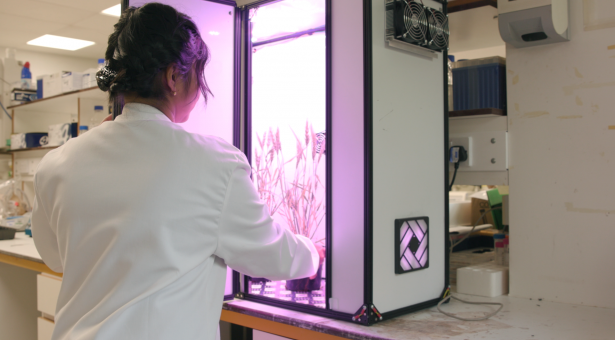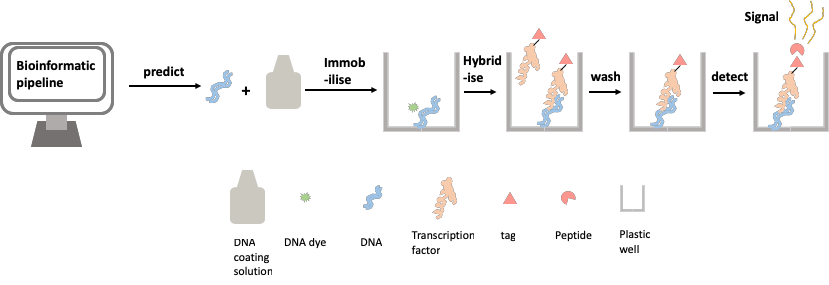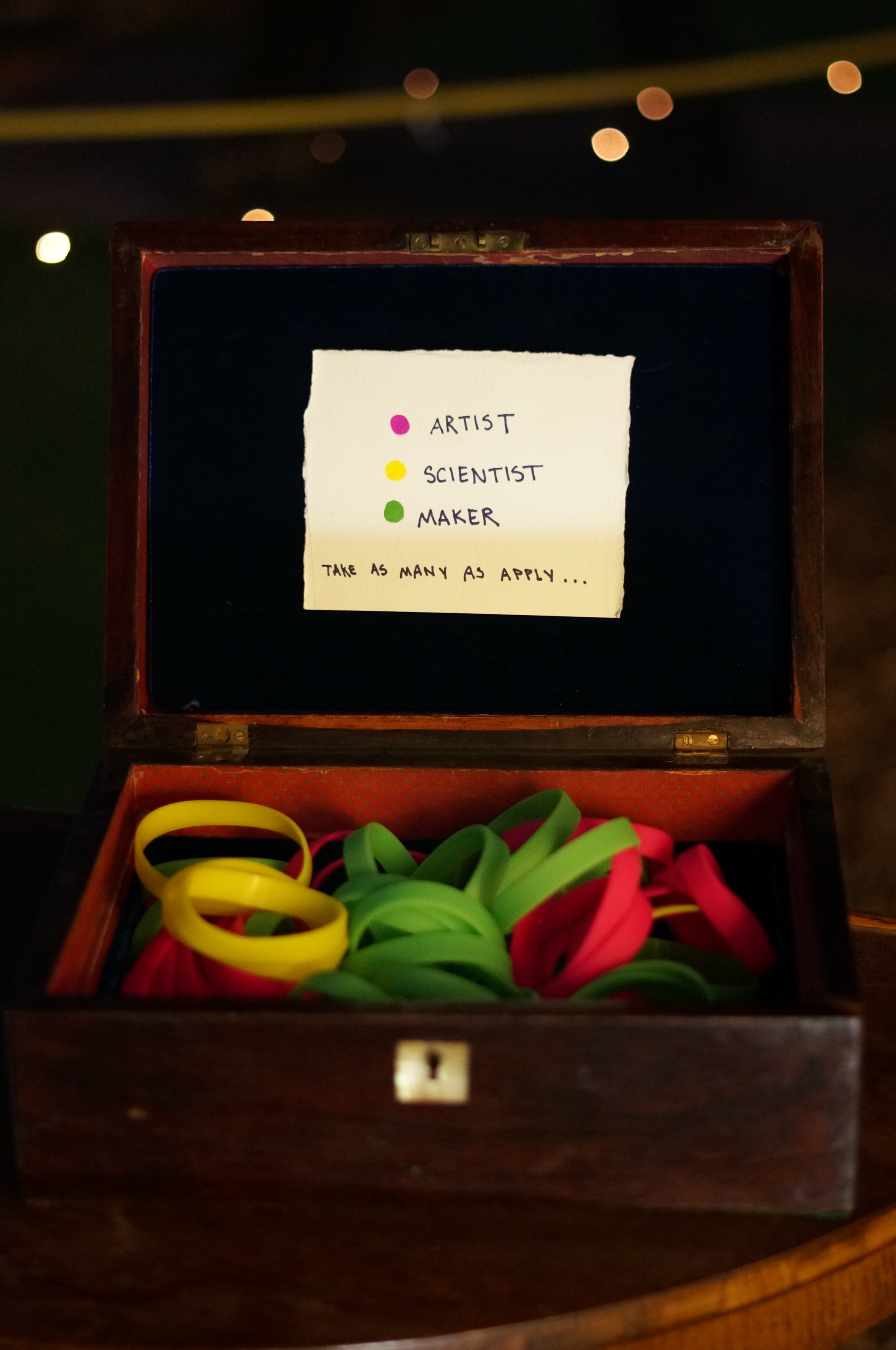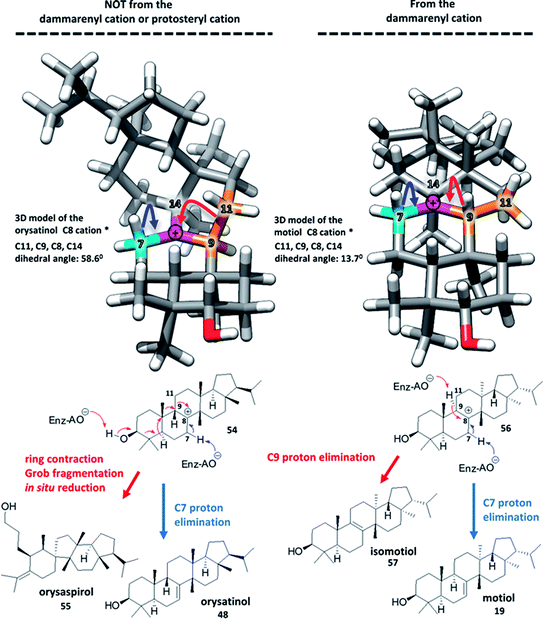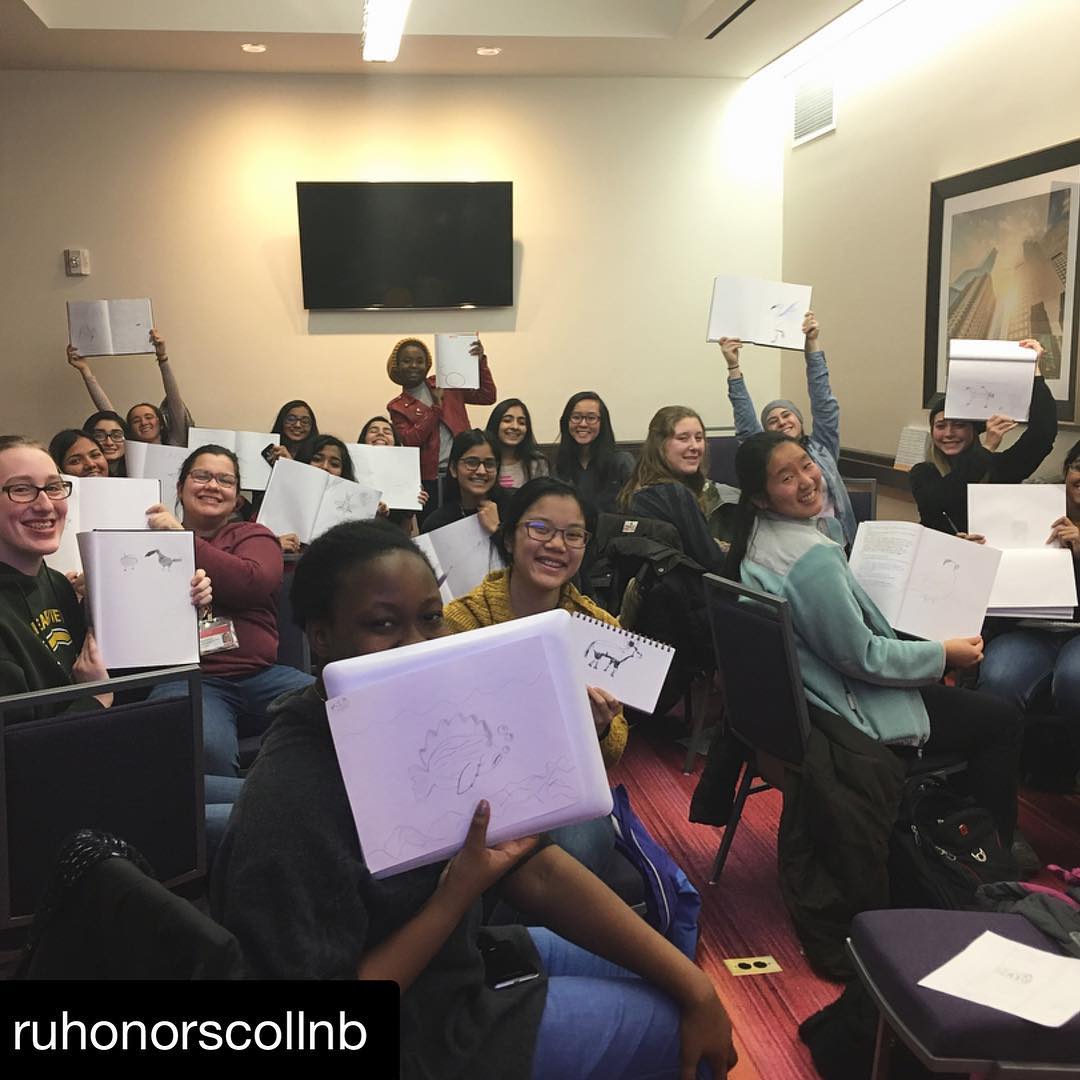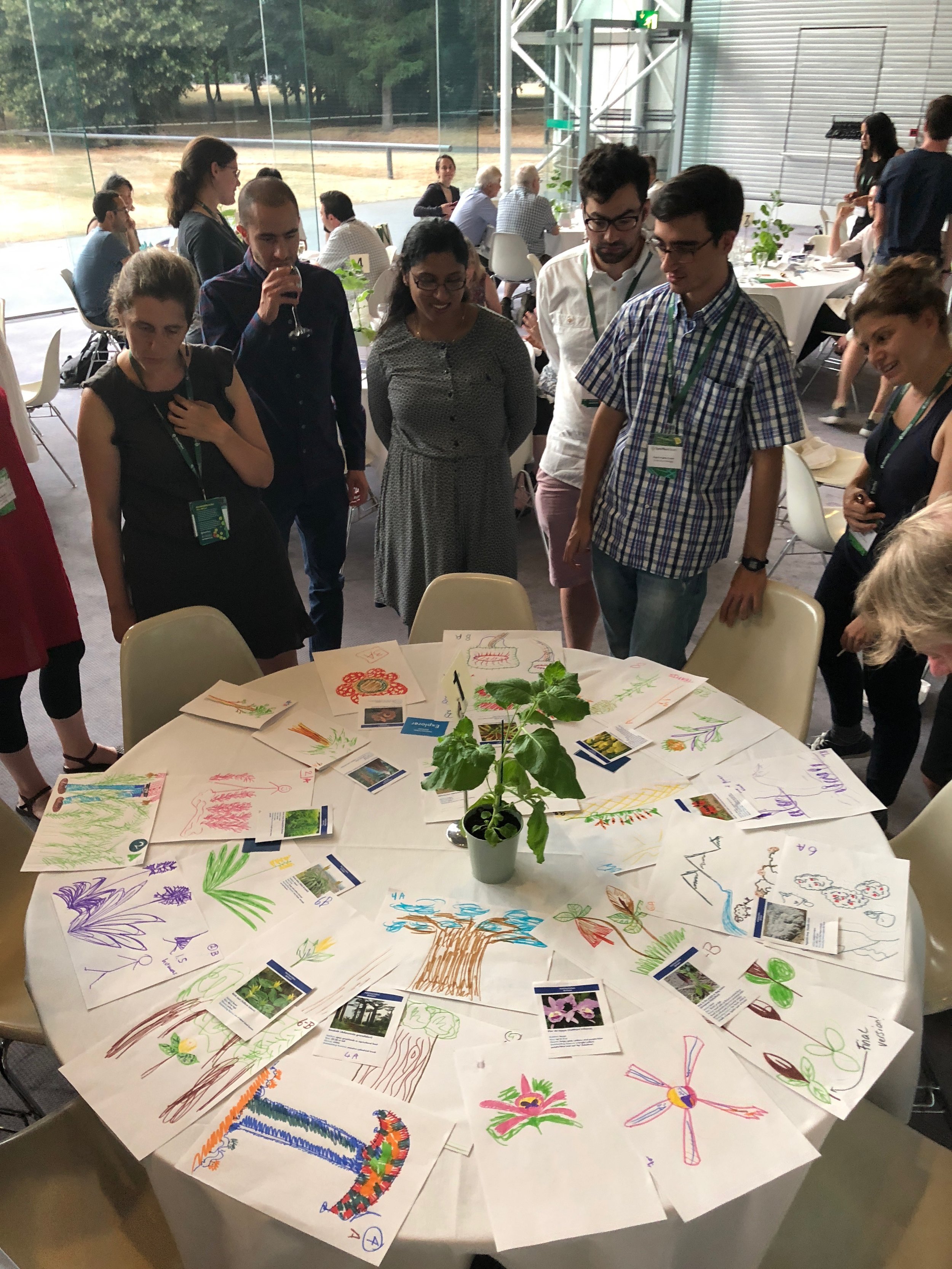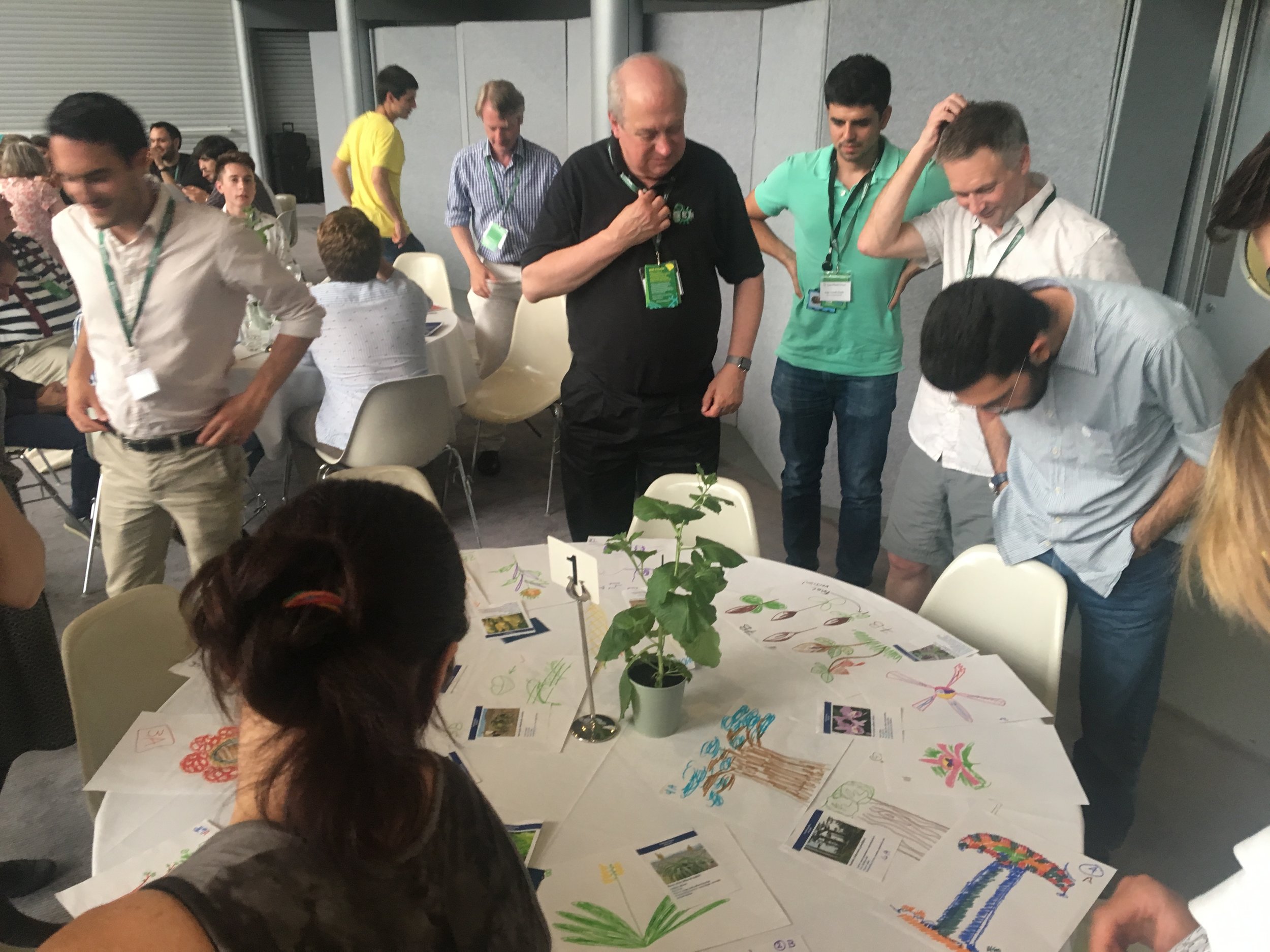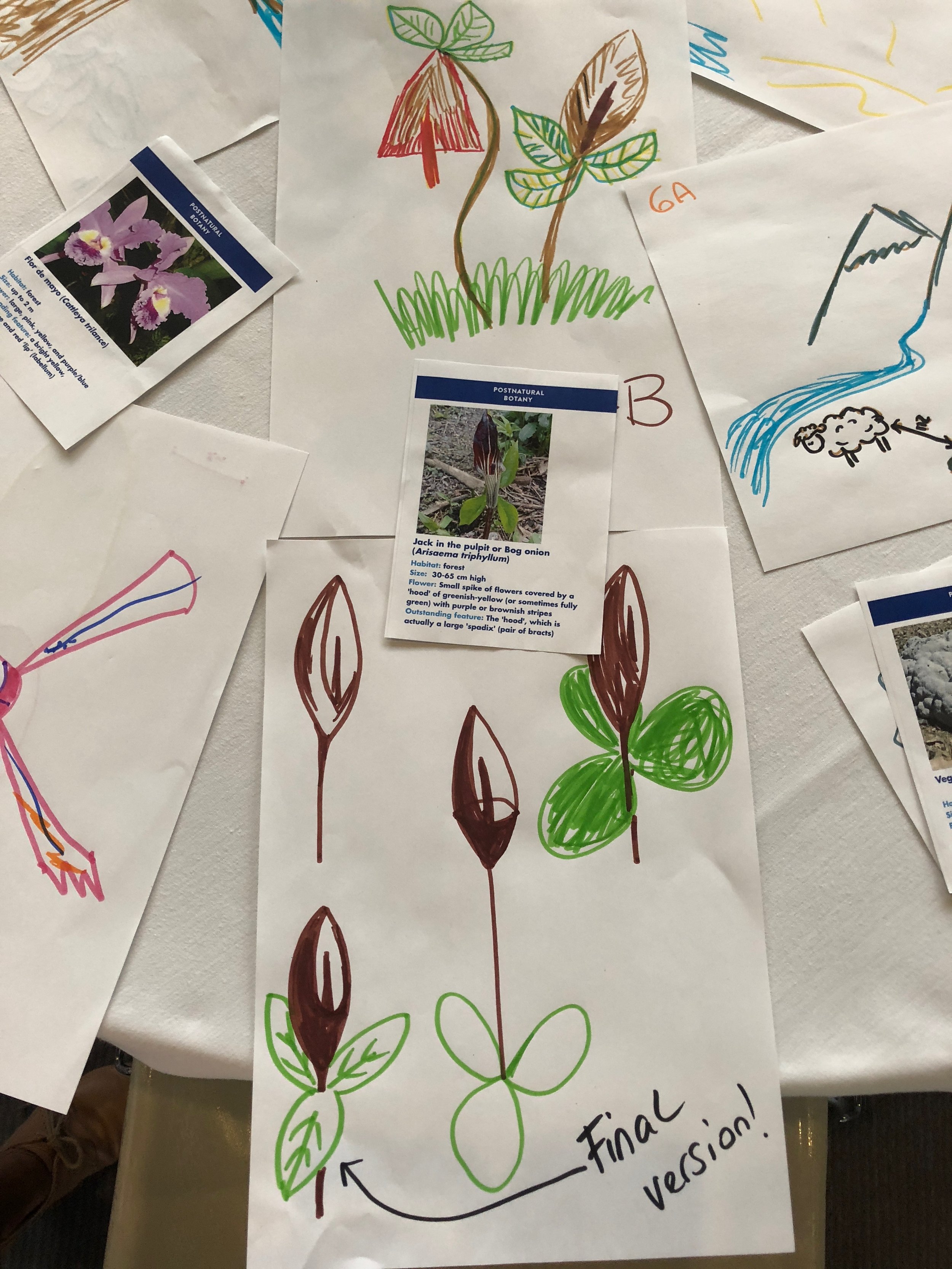Closes: 4th July 2019
Salary: £31,250 - £38,100 per annum depending on qualifications and experience
Contract: Fixed Term Contract
Applications are invited for a Postdoctoral Researcher to join the Laboratory of Professor Alison Smith.
Background
Starch in the endosperm of cereal seeds is the single largest source of calories in the human diet, and an important raw material for industry. Despite its importance we know very little about how starch granules are formed during endosperm development. It is apparent that the temporal and spatial patterns of initiation of starch granules have diverged and diversified enormously during the 66 million years of evolution of the Pooideae subfamily to which temperate cereals and forage grasses belong.
The project will be conducted in the Alison Smith lab, in close collaboration with the David Seung lab. Both labs have strong interests and expertise in molecular, genetic and biochemical aspects of the synthesis and turnover of starch in model and crop plants, and access to a wide range of other expertise and technologies that may be necessary for the project.
The project is a collaboration with Steve Kelly and his team in Plant Sciences, University of Oxford, who have expertise in comparative transcriptomics analyses.
The role
The aim of this project is to identify the genetic basis of starch granule diversity in endosperms, using techniques including screens of mutant populations, transgenesis, cell biology and microscopy, and modelling.
The postholder will use a range of visualisation and quantitation techniques to deduce how different spatial and temporal patterns of starch granule formation arise during seed development. They will work alongside and collaborate with a researcher using transcriptomic and bioinformatic approach to identify genes that underlie seed starch diversity
The post holder will be encouraged to attend courses in technical and professional skills, to travel to national and international meetings, and to present their discoveries to internal and external audiences.
The ideal candidate
Applicants must have a background that includes plant biochemistry/metabolism, genetics and molecular biology. Experience of working with cereals or grasses and with transgenic plants is desirable. The project requires good interpersonal skills and the ability to work both independently and as part of a team.
Additional information
Salary on appointment will be within the range £31,250 to £38,100 per annum depending on qualifications and experience. This is a fulltime contract of 3 years.
Interviews will be held on 22 July 2019.
Further information and details of how to apply can be found here. Or contact our Human Resources team on 01603 450462 or nbi.recruitment@nbi.ac.uk, quoting reference 1003664.

![[Closes 24 Nov 2107] Apply now to the OpenPlant Fund!](https://images.squarespace-cdn.com/content/v1/54a6bdb7e4b08424e69c93a1/1509564315902-TUO4I6QRWI9TT8UGSIAJ/OpenPlantTwitter_400x400+%281%29.jpg)

![[Closes 7 Mar 2017] OpenPlant Research Associate (Haseloff Lab)](https://images.squarespace-cdn.com/content/v1/54a6bdb7e4b08424e69c93a1/1486552818859-FH76MCA8SMFU93WB85RX/OpenPlantTwitter_400x400.jpg)

